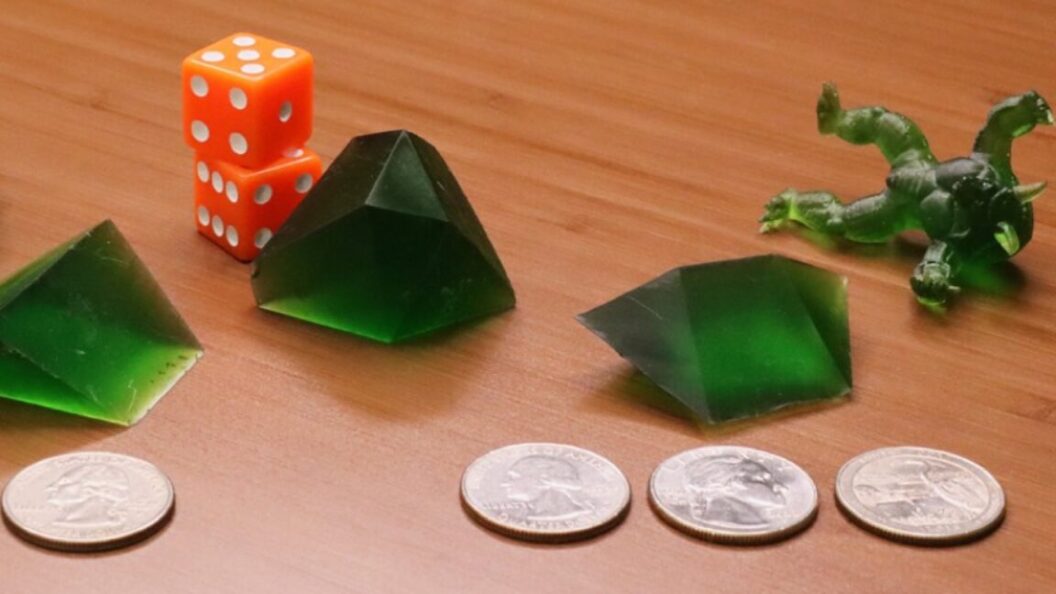New Algorithm Revolutionizes Dice Design and Uses
Introduction
A groundbreaking algorithm developed by researchers has transformed the way dice can be designed, allowing for an array of exotic shapes that could change traditional tabletop gaming and other practical applications. The algorithm efficiently computes the probability of different resting configurations of non-standard dice, posing exciting implications for both gaming enthusiasts and various fields in science and construction.
Innovative Computation Method
At the heart of this advancement is a new computational technique that predicts the resting positions of shapes, even those far removed from standard cubic dice. Keenan Crane, a leading researcher on the project, explains that the algorithm computed probabilities of all resting configurations of a model derived from the popular game, Pass the Pigs, in just three milliseconds. The efficiency of this process enables gamers to explore a vast new landscape of dice shapes, potentially leading to personalized, 3D-printed designs that could be unique to individual players.
Practical Applications Beyond Gaming
While the allure for gamers is clear, the algorithm’s applications extend far beyond the tabletop. Crane points to its potential relevance in underwater construction, highlighting that correct orientation during placement is crucial in that environment. “If you imagine each little grain of sand or soil is a rigid particle, the statistics of how they land might help understand things like how soil settles and compacts,” Crane explained. This broader relevance underscores the versatility of the algorithm in real-world scenarios where orientation and stability are critical.
Controversial Claims and Critiques
Not all industry experts are wholly convinced of the algorithm’s applicability. Oklahoma State University mathematician Henry Segerman commented that while the method is efficient for predicting positions, it does not encapsulate the complexities of real-world physics, such as friction and bouncing. This means the predictions primarily hold true in a controlled environment, like a non-slip surface in low gravity, possibly limiting their practical utility in everyday scenarios.
Crane acknowledged these criticisms, stating, “Our model does not make perfect predictions from the perspective of idealized geometry and physics. However, if your goal is to literally make dice for tabletop games, it’s perfectly reasonable to make these kinds of approximations.” This balanced view highlights the trade-offs inherent in developing innovative yet practical solutions.
Broader Implications for Design and Research
The implications of this research could be monumental. With the advent of accessible 3D printing technology, players could soon find themselves opting for dice designed to reflect their personalities and gaming styles. Crane also emphasized the broader potential of this research: “The exciting thing about putting research like this out in the world is that, a few years later, other folks inevitably find use cases for it that we never could have imagined.”
Conclusion
As the gaming community eagerly awaits the arrival of custom-shaped dice, this algorithm illustrates a significant leap in computational design. While there are limitations and valid critiques, the capacity for innovation in both gaming and practical applications underscores the value of such advancements. The fusion of play and practicality may open doors to entirely new realms of creativity and functionality, making this development a noteworthy point of interest for both enthusiasts and professionals alike.









